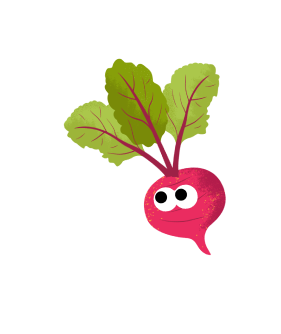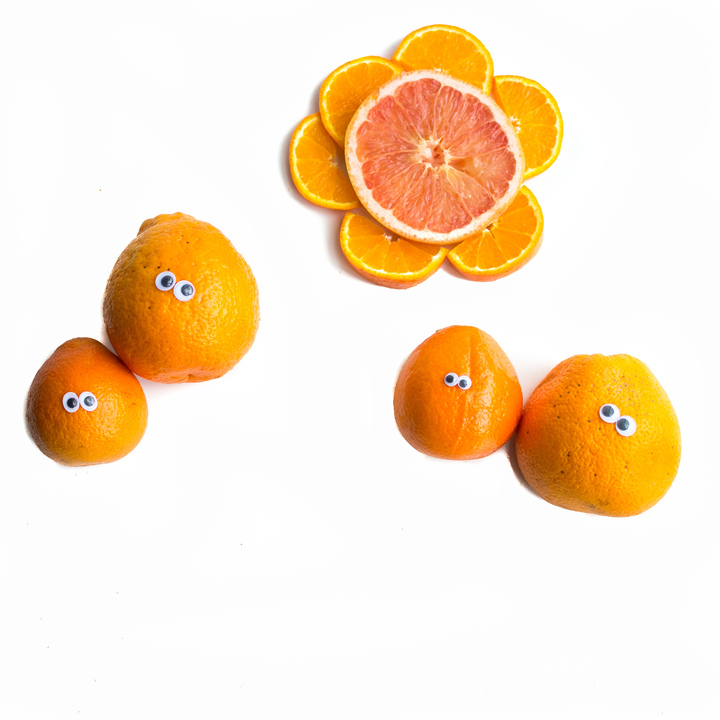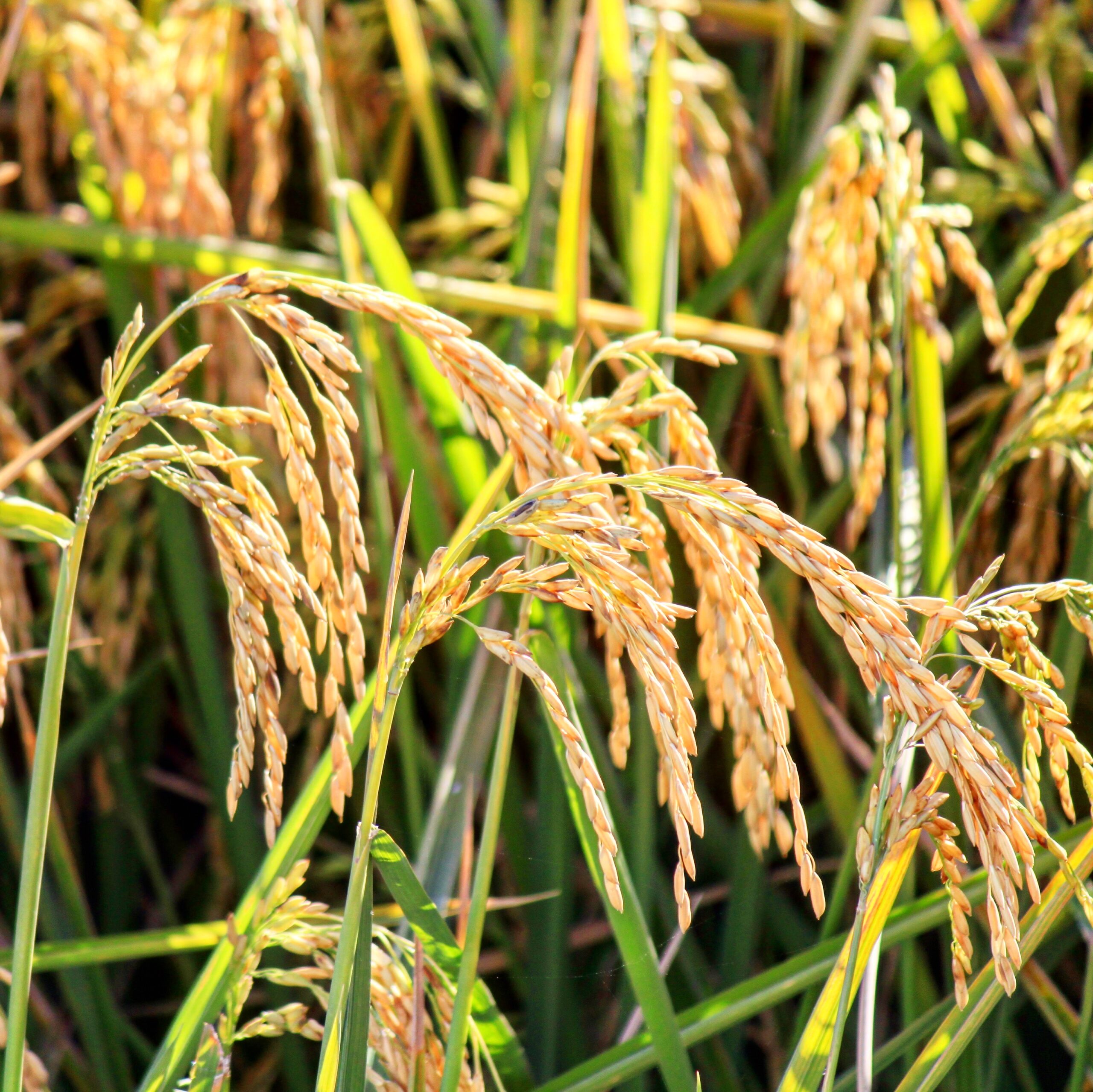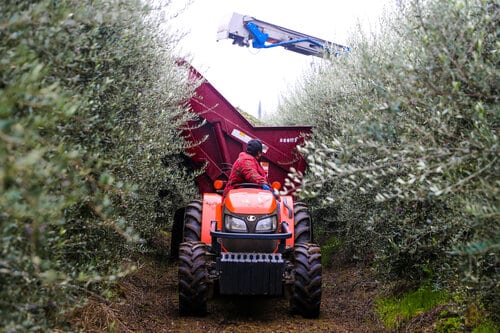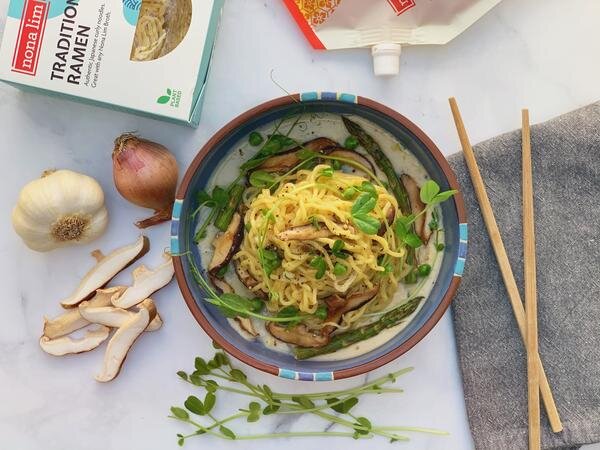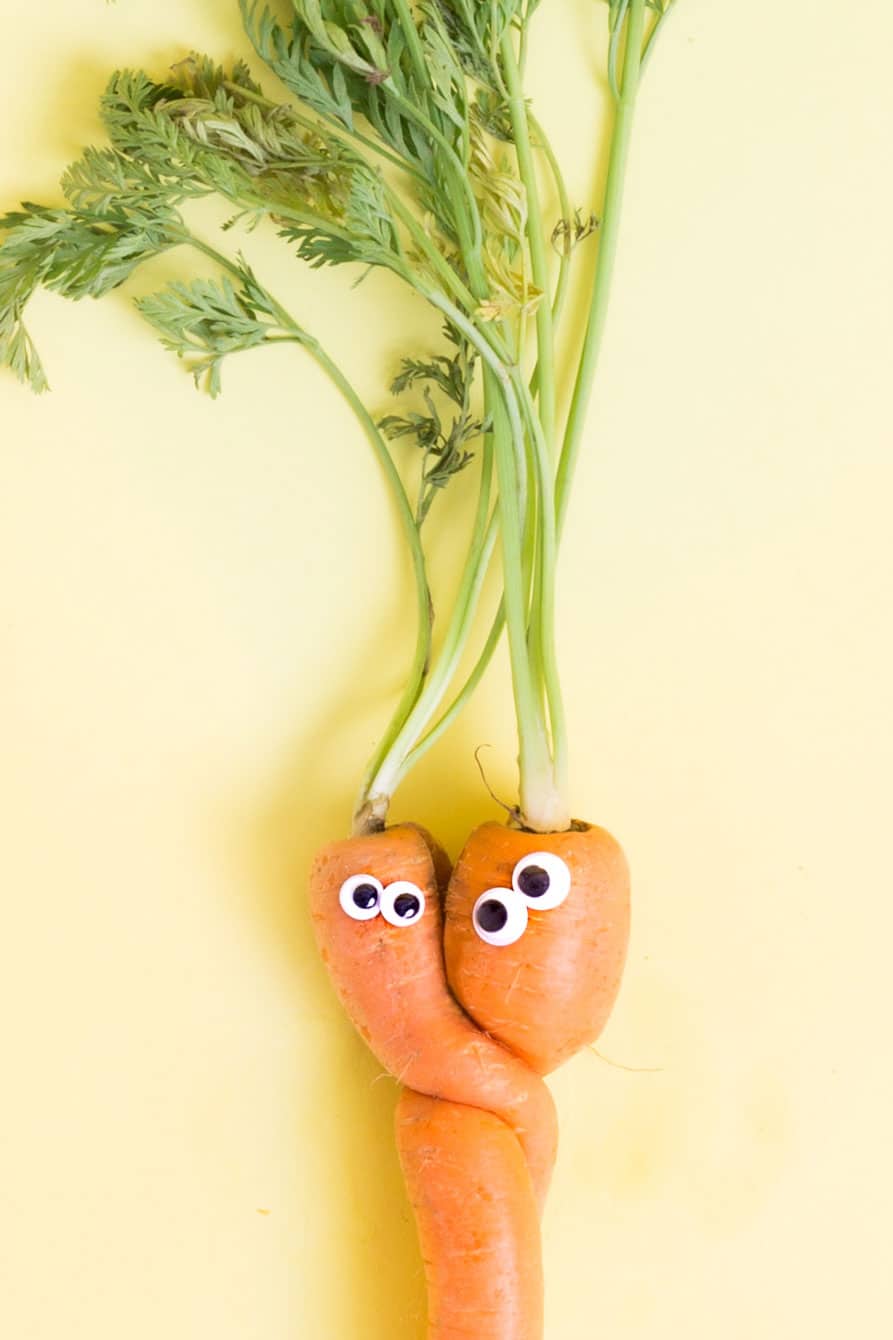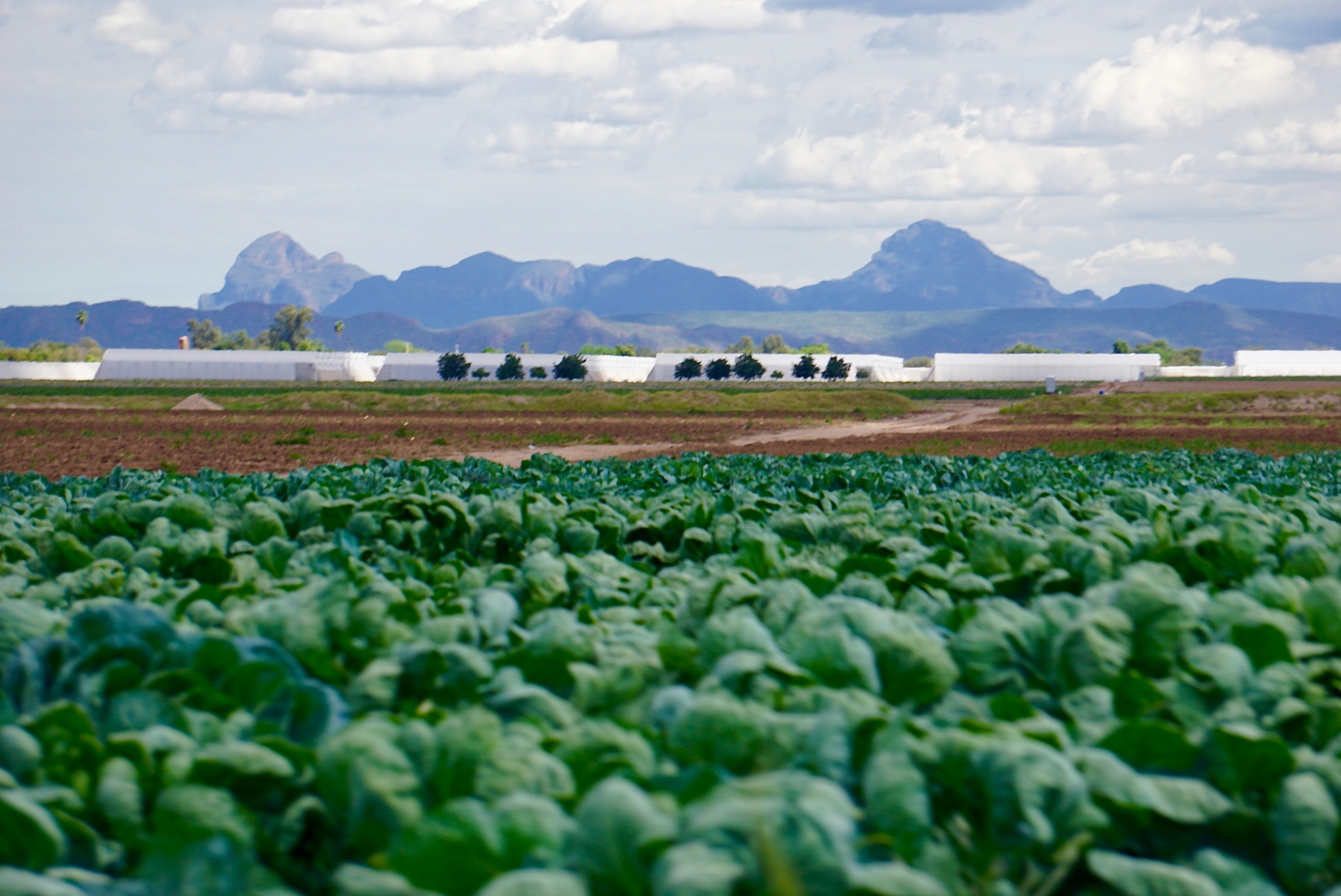Summer’s officially here and as temperatures soar across California, we want to talk about what the summer heat means for the produce in your box. So put on your swimsuit and get ready to dive into hot produce 101!
- Heat can make harvesting produce unsafe. During the summer, it gets seriously hot in the San Joaquin Valley outside of Fresno, where many of our beloved vegetables are grown. When temperatures are above 100 degrees, growers will only harvest for half the day to avoid the risk of heat stroke. While this is absolutely the right move to protect the safety of the workers, it inevitably results in a lower volume of produce the market, raising prices and creating potential shortages. So if your favorite berry or melon is unavailable or a little pricey this summer, this may be why.
- Heat throws a wrench in harvest timing. A heat wave can essentially press the “fast forward” button on a growing season. While it may sound nice to time travel forward to harvest season, for a grower, a rushed growing season can wreak havoc on their supply of produce. Our strawberry farmers dealt with this firsthand already this year. Their beloved strawberry fields accelerated towards ripeness in the heat so fast that they had a huge supply one week, and then a minuscule harvest the following week, meaning that we ended up running out, too. The berry industry is notorious for booms and busts like this and heat only exacerbates this cycle.
- Heat seriously impacts the productivity of fruit trees. Have you ever spent a whole day inside, lying around in the AC because it was just too hot to do anything? Fruit trees do this, too. When temperatures are too hot, the trees will literally go dormant to conserve energy. Once the temperatures return to normal, the trees sometimes accelerate their ripeness to catch up. This means that all the fruit suddenly ripens at once, which can overwhelm harvest crews and throw yet another wrench in their stressful summer plans. Furthermore, if temperatures stay above 100F for more than 10 days in a row, the fruit won’t be able to cool off at night, which means that it literally “cooks” on the tree and turns brown and inedible inside. It’s not all fun in the sun being a fruit tree!
- Heat can reduce yields. While all produce needs sunshine to grow, too much sun can actually damage produce. Sometimes this is superficial, like a sunburned skin on a watermelon. Sometimes it is more serious, like crisped or browned edges on leafy greens. One of the most frustrating effects of heat on a field is what’s known as bolting. Outside of Olympic track events, bolting is not a good thing. When a lettuce or herb grows too quickly it jumps from immature to flowering before the farmer can pick it, which results in a bitter, woody-tasting vegetable that cannot be sold. When too many veggies bolt due to heat, it can have serious and sad consequences for the quality and quantity of a farmer’s harvest.
So while warm weather is delightful for picnics, weddings, and birthdays, when it comes to growing our food, it can be a mixed blessing. The reality is that fruits, vegetables, and the hard-working folks that pick them do not have the option to hang out in the shade when the weather gets too hot like most of us do. This makes summer a particularly prosperous but challenging time to be working in the produce industry.
